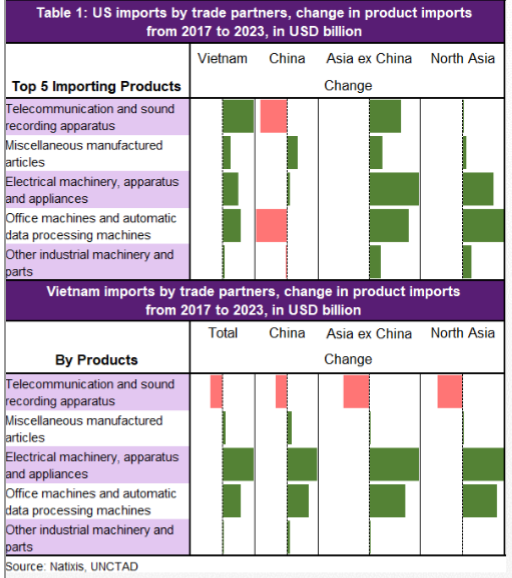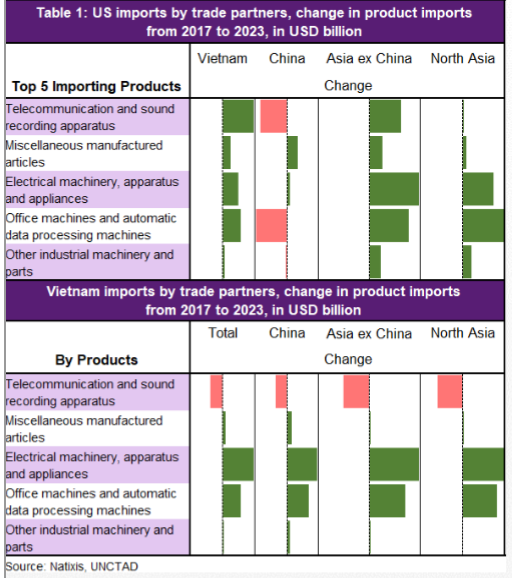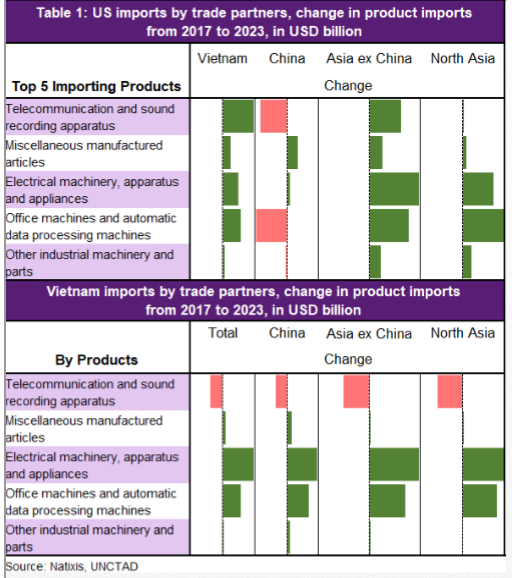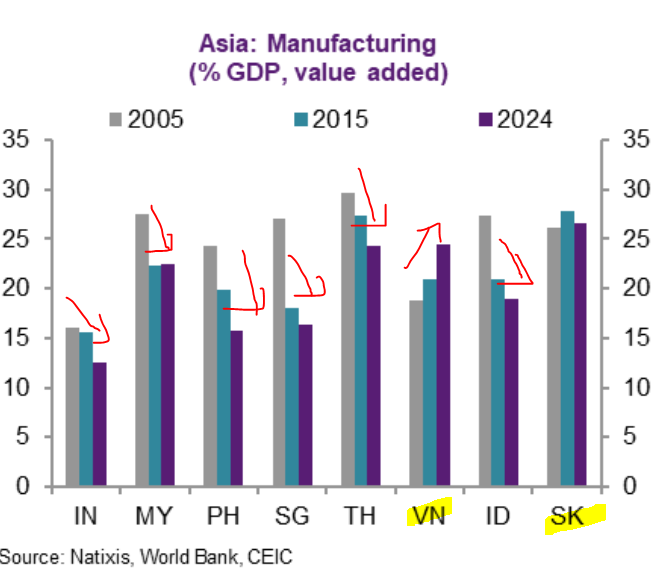a) He is saying that this is EURCNY moves, which means CNY tracks DXY, which is roughly 60% EUR
b) China did this since 2015 b/c EUR went on sale vs USD & CNY in 2014 massively (JPY too) in a form of FX war & so devalued to not be too expensive
c) The dollar 💵 remains king 👑
b) China did this since 2015 b/c EUR went on sale vs USD & CNY in 2014 massively (JPY too) in a form of FX war & so devalued to not be too expensive
c) The dollar 💵 remains king 👑
https://twitter.com/adam_tooze/status/1312729933853208576
The dollar being King 👑 has nothing to do with it being up or down but rather how much of that is being traded.
As in the value of a currency doesn’t tell u the volume of internationalisation.
What holds the CNY or CNH back is China’s capital controls not the USD.
As in the value of a currency doesn’t tell u the volume of internationalisation.
What holds the CNY or CNH back is China’s capital controls not the USD.
Once a while u get people writing the rise of the red back blah blah & the currency will be fully convertible in say 2 years.
That has been a moving target for a decade now.
Unless China wants to let it go, as in let go of capital control, dollar is king.
That has been a moving target for a decade now.
Unless China wants to let it go, as in let go of capital control, dollar is king.
Most of China merchandise trade is denominated in USD.
The demise of the dollar is an age old theme but people mistake the value of the dollar for the volume, which is what really makes it king, not the value.
The Fed wants the value of the dollar to fall. Volume still high.
The demise of the dollar is an age old theme but people mistake the value of the dollar for the volume, which is what really makes it king, not the value.
The Fed wants the value of the dollar to fall. Volume still high.
Let me put this another way, unless there is an alternative to the dollar, it remains king.
Btw, the EUR was created to usurp the USD. How do I know this? I read the book commissioned by the ECB & BIS.
This has been tried before. China is not trying to usurp the USD like EUR.
Btw, the EUR was created to usurp the USD. How do I know this? I read the book commissioned by the ECB & BIS.
This has been tried before. China is not trying to usurp the USD like EUR.
If it did, it wouldn’t put more and more barriers to trade the yuan.
How do I know? Why don’t u try to move some yuan in & out of China.
See how easy it is. It isn’t. And that is by policy design.
How is that gonna usurp the USD?
How do I know? Why don’t u try to move some yuan in & out of China.
See how easy it is. It isn’t. And that is by policy design.
How is that gonna usurp the USD?
And no, Bitcoin is not the future & isn’t gonna usurp the USD either.
Volume too low & too tiny.
Volume too low & too tiny.
• • •
Missing some Tweet in this thread? You can try to
force a refresh









